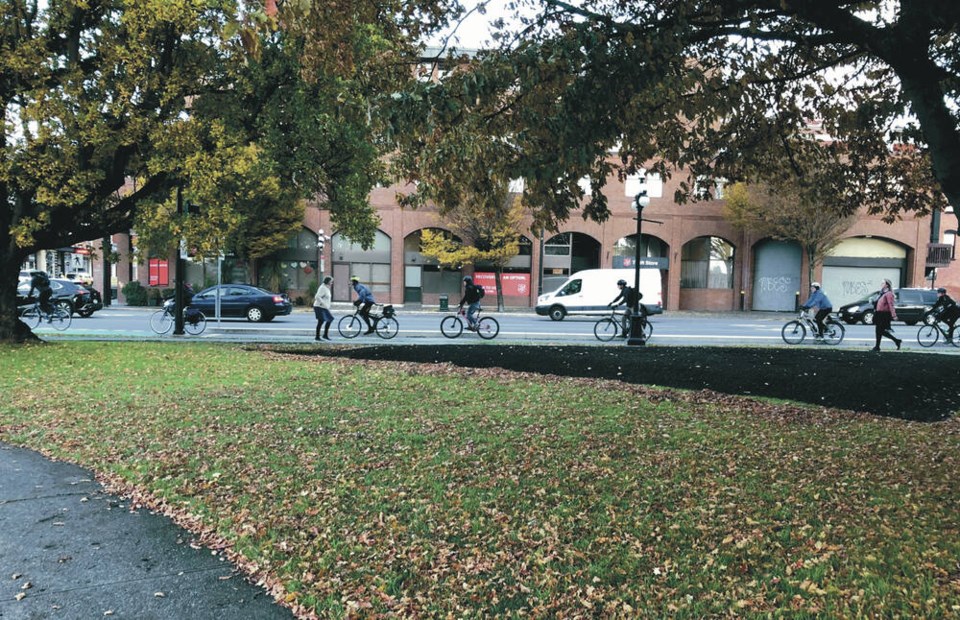Nearly half of the provincial public servants in Greater Victoria now have approval to work from home. Of the roughly 16,000 government staffers in the region, 48 per cent, or around 7,800, have been given this choice.
And across the province as a whole, some 17,500 employees now have that option.
Moreover the province says this model is not a temporary expedient to deal with the COVID epidemic. On the contrary, it is here to stay.
The government emphasizes that not all of these workers are absent full-time from the office. Some come in for a day or two a week.
Nevertheless these are staggering numbers, with far-reaching implications for downtown businesses, many of whom rely on government workers for the retail trade.
The situation is made more critical by the fact that a good number of private sector workers are also staying home from the office.
No precise figures exist, but by one estimate, around a third of private business employees are choosing this option in the capital region. Those numbers must run into the thousands in Victoria alone, and the tens of thousands province-wide.
This phenomenon is not unique to Victoria. The Canadian Chamber of Commerce reports that foot traffic in downtown Toronto fell by 46 per cent between January 2020 and September 2022.
Similarly over the same period foot traffic was down 45 per cent in Ottawa, and 48 per cent in Vancouver.
Add this to the burdens already confronting city centres, in the form of vandalism, petty crime, and random violence, and the challenge becomes apparent.
For decades, urban planners have wrestled with the strains of ever-growing population density, and the diminishing quality of life that results — traffic snarls, vehicle noise, insufficient parking, vanishing green space, and more.
But now the reverse must be faced. The challenge is no longer to deal with over-crowded city centres.
Instead, downtown areas are faced with the departure of a great many employees who once worked there. This has to affect retail services in the region.
Most in danger are small outlets like book stores and restaurants catering to the lunch trade. Many of these exist on the smallest of margins. The loss of so many patrons must be devastating over time.
What then can be done? Possibly some empty office space can be converted to low income housing — a desperate need throughout the province.
Rental costs for small retail stores may need to be reduced to keep city centres vibrant and attractive to tourists. And more police patrols are required to combat the property crime already threatening to drive businesses away.
But first and foremost, we need all three levels of government to recognize that there is a developing issue here, and plan a co-ordinated response.
The province has appeared unconcerned with the consequences of allowing half its workforce to stay home. Indeed, this step was announced in purely positive terms.
Likewise the federal government is pursuing a similar policy, apparently untroubled by the impact on downtown Ottawa.
And unfortunately Victoria’s Downtown Core Area Plan doesn’t address this issue.
Created in 2011 and slightly updated in 2022, the plan is based in the main on decade-old population estimates. These foresee the downtown core growing by 10,000 additional residents in the short to medium term, necessitating massive amounts of new office space.
Is this still realistic?
With the passage of time, there is no question that surrounding suburbs will continue to expand, due both to immigration, and the preference of rural residents for city living.
But for downtown areas, as thousands of employees leave their offices and work from home, we will need an entirely new form of urban planning to meet this emerging challenge.
>>> To comment on this article, write a letter to the editor: [email protected]



